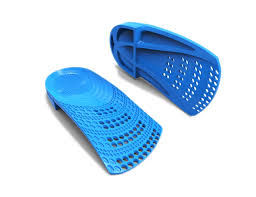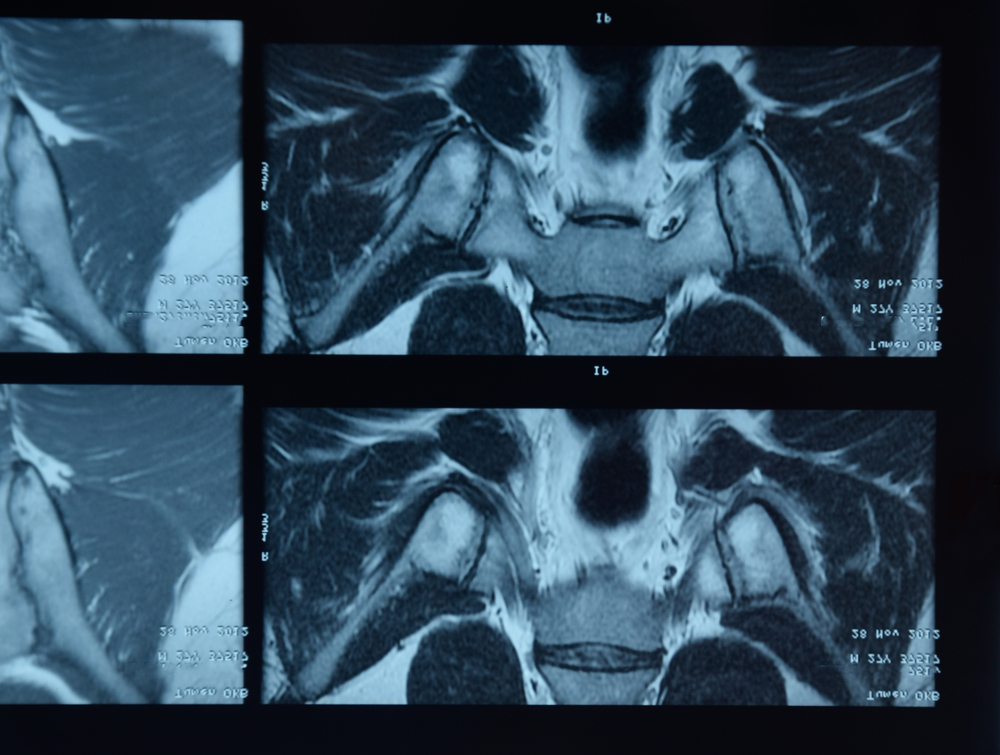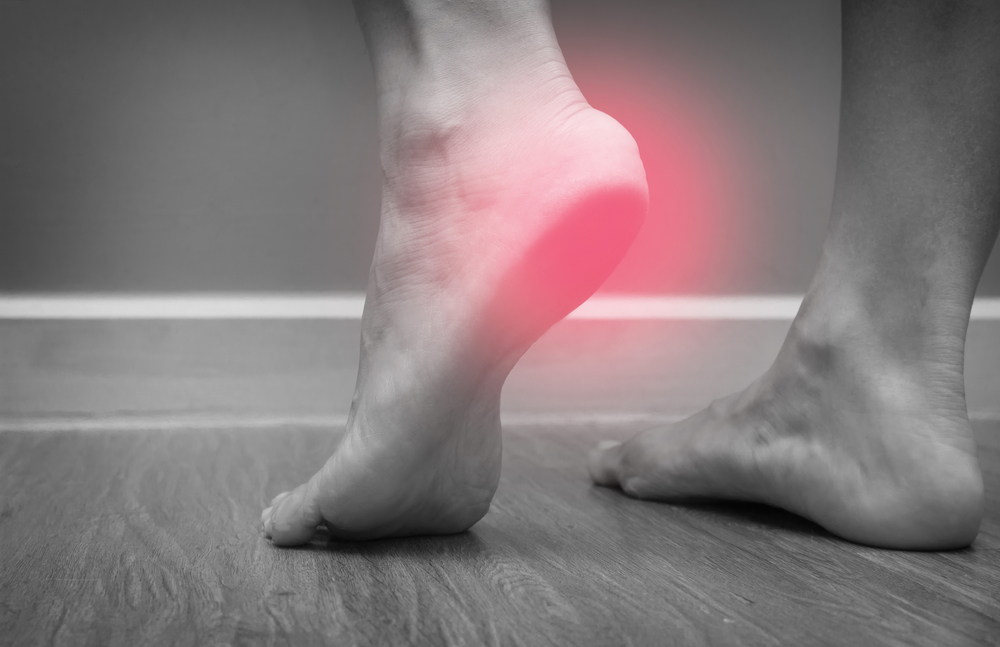Arch supports are important features in footwear designed to improve foot health. They are created especially to support the arc of the foot, which is the curved area along the bottom. The proper arch support is essential to maintain balance and stability, especially for different types of feet, such as those with flat feet, which need additional help. Studies have shown that wearing shoes with good arch supports can lead to a better time standing, which means that people can support longer periods without discomfort. In addition, these supports help reduce pressure on their feet, particularly for flat -standing people who can experience discomfort in their daily lives (Huang et al., 2020).
Research has shown how the arch supports the influence of foot movement and muscle activity. For example, an investigation by Bonifácio et al. (2018) discovered that arc supports led to important changes in the way the foot moves during activities. When people use arc supports, their feet can align better, which can help perform daily tasks more easily. This improvement is crucial to prevent feet and leg fatigue, which the arch is compatible with an essential part of footwear design.
In addition, arch supports have a role in helping those who participate in physical activities. Athletes can greatly benefit from adequate arc support, as it helps optimize their performance. Good arc support helps maintain the correct position of the foot, which can improve stability and balance during sports. This is particularly important for high -impact activities where the risk of injuries is greater. The research indicates that athletes with adequate arc support have improved the kinematics, how their body moves during sports, which leads to better performance results.
In addition, the importance of arc supports is evident in several populations, from children to older adults. Children, whose feet are still developing, can also benefit when wearing support shoes. It can help prevent misalignments that can lead to discomfort or future feet problems. For older adults, good arch support can relieve pain and provide the stability necessary to avoid falls, which is crucial since balance tends to decrease with age (Huang et al., 2020).
In summary, arch’s support plays a vital role in footwear by promoting foot health in various populations and activities. The benefits of arc supports are evident to improve posture, reduce pressure, improve performance and prevent injuries. Understanding its importance can help guide people to choose the right footwear for their needs., Athletes often trust their footwear to work at their best. Arch supports play a crucial role in improving sports performance by directly influencing how the foot works. The arch of the foot is important for energy efficiency during activities such as running, jumping and even walking. A study by Stearne et al. (2016) showed that when athletes have adequate arc support, they can use their energy more effectively. This efficiency means that they can run faster and jump higher, which shows that a well supported arch is essential for better sports performance.
In addition, small foot muscles, known as intrinsic foot muscles, are important to maintain the arch shape. These muscles can be affected by the type of support provided in footwear. Kelly et al. (2014) discovered that arch supports help strengthen these intrinsic muscles, which leads to better athletes. When these muscles are stronger, athletes can control their movements with greater precision, which can improve general sports performance.
Not all athletes are the same, and their standing structures can vary widely. For example, flat feet athletes (sometimes called flexible flat feet) can fight with performance without proper support. Karthikeyan et al. (2020) investigated how the different foot support interventions affected these athletes. The findings suggested that arch supports admits remarkably improved performance for athletes with flexible flatfoot, which allows them to compete more effectively. This highlights the need for personalized footwear solutions in sports, especially for those with specific foot structures.
In summary, the investigation strongly indicates that arch supports are not only a comfort characteristic, but an essential element of sports performance. By improving energy efficiency, improving muscle control and supporting the support for different feet structures, arch supports contribute significantly to athlete skills in a wide range of sports and activities, Arch supports are important to prevent injuries in various populations and activities. For example, children with flat foot, a condition in which the arches of the foot are low or absent, are more likely to face problems later in life if they do not use adequate arch support. Carr et al. (2016) discovered that inappropriate support can lead to problems such as pain and difficulty walking as these children grow. Early intervention through arch supports can help reduce these risks, allowing a healthier development of the foot.
Athletes also benefit significantly from arch supports, since they often put more tension in their feet due to intense and repeated activities. Rosenbaum et al. (2014) show that proper arc support can help reduce the probability of conditions such as plantar fasciitis, resulting in the pain of the heel of excessive use. Similarly, Arachchige et al. (2019) discuss the importance of arc support to prevent other types of injuries that come from excessive feet stress, such as tendonitis and stress fractures, particularly between runners and other sports participants.
Different sports require several types of movements that can strain their feet in unique ways. For example, basketball players need good lateral support, while runners require damping for forward movement. McKeon et al. (2015) highlight the importance of choosing the correct arch support based on the specific demands of each sport, explaining that this personalized approach can prevent injuries that come from incorrect footwear or inappropriate support.
In addition, people in physically demanding jobs, such as nurses and construction workers, also experience foot stress and fatigue. Mich (2014) emphasizes that the use of arch supports can help these workers prevent lesions related to prolonged position and walk. Providing proper support during work hours can improve the comfort of the foot and general health.
In addition, rehabilitation strategies also incorporate arch supports as a way to facilitate the recovery of injuries. By offering the necessary support, these devices can help stabilize the foot and reduce the risk of redo. Doctors often recommend support supports to patients who recover from several foot -related injuries to encourage healing and mobility.
In summary, the use of arch supports is essential for the prevention of injuries in several populations, including flat -footed children, athletes in different sports and individuals in physically demanding works. The evidence consistently suggests that the implementation of appropriate arch supports not only assistance in injury prevention, but also contributes to the general health of the foot and functional performance in various activities.
Citations:
Huang, Y.P., Peng, H.T., Wang, X., Chen, Z.R. and Song, C.Y., 2020. The arch support insoles show benefits to people with flatfoot on stance time, cadence, plantar pressure and contact area. PloS one, 15(8), p.e0237382. https://journals.plos.org/plosone/article?id=10.1371/journal.pone.0237382
Karthikeyan, J., Singh, K., Govind, S., Mahalingam, K. and Vamsi, S., 2020. To compare the effectiveness of taping and arch support on the flexible flat foot on a random population. Indian Journal of Forensic Medicine & Toxicology, 14(4), pp.7825-7832. https://www.researchgate.net/profile/Kshtrashal-Singh/publication/344828043_To_Compare_the_Effectiveness_of_Taping_and_Arch_Support_on_the_Flexible_Flat_Foot_on_a_Random_Population/links/6018af6692851c2d4d0da42c/To-Compare-the-Effectiveness-of-Taping-and-Arch-Support-on-the-Flexible-Flat-Foot-on-a-Random-Population.pdf
Arachchige, S.N.K., Chander, H. and Knight, A., 2019. Flatfeet: Biomechanical implications, assessment and management. The Foot, 38, pp.81-85. https://www.sciencedirect.com/science/article/pii/S0958259218301536
McKeon, P.O., Hertel, J., Bramble, D. and Davis, I., 2015. The foot core system: a new paradigm for understanding intrinsic foot muscle function. British journal of sports medicine, 49(5), pp.290-290. https://bjsm.bmj.com/content/49/5/290.short
Stearne, S.M., McDonald, K.A., Alderson, J.A., North, I., Oxnard, C.E. and Rubenson, J., 2016. The foot’s arch and the energetics of human locomotion. Scientific reports, 6(1), p.19403. https://www.nature.com/articles/srep19403
Kelly, L.A., Cresswell, A.G., Racinais, S., Whiteley, R. and Lichtwark, G., 2014. Intrinsic foot muscles have the capacity to control deformation of the longitudinal arch. Journal of The Royal Society Interface, 11(93), p.20131188. https://royalsocietypublishing.org/doi/abs/10.1098/rsif.2013.1188
Carr, J.B., Yang, S. and Lather, L.A., 2016. Pediatric pes planus: a state-of-the-art review. Pediatrics, 137(3), p.e20151230. https://publications.aap.org/pediatrics/article-abstract/137/3/e20151230/81376
Bonifácio, D., Richards, J., Selfe, J., Curran, S. and Trede, R., 2018. Influence and benefits of foot orthoses on kinematics, kinetics and muscle activation during step descent task. Gait & posture, 65, pp.106-111. https://www.sciencedirect.com/science/article/pii/S0966636218311056
Rosenbaum, A.J., DiPreta, J.A. and Misener, D., 2014. Plantar heel pain. Medical Clinics, 98(2), pp.339-352. https://www.medical.theclinics.com/article/S0025-7125(13)00157-0/abstract
Mich, P.M., 2014. The emerging role of veterinary orthotics and prosthetics (V-OP) in small animal rehabilitation and pain management. Topics in companion animal medicine, 29(1), pp.10-19. https://www.sciencedirect.com/science/article/pii/S1938973614000075
University lecturer, runner, cynic, researcher, skeptic, forum admin, woo basher, clinician, rabble-rouser, blogger, dad.


